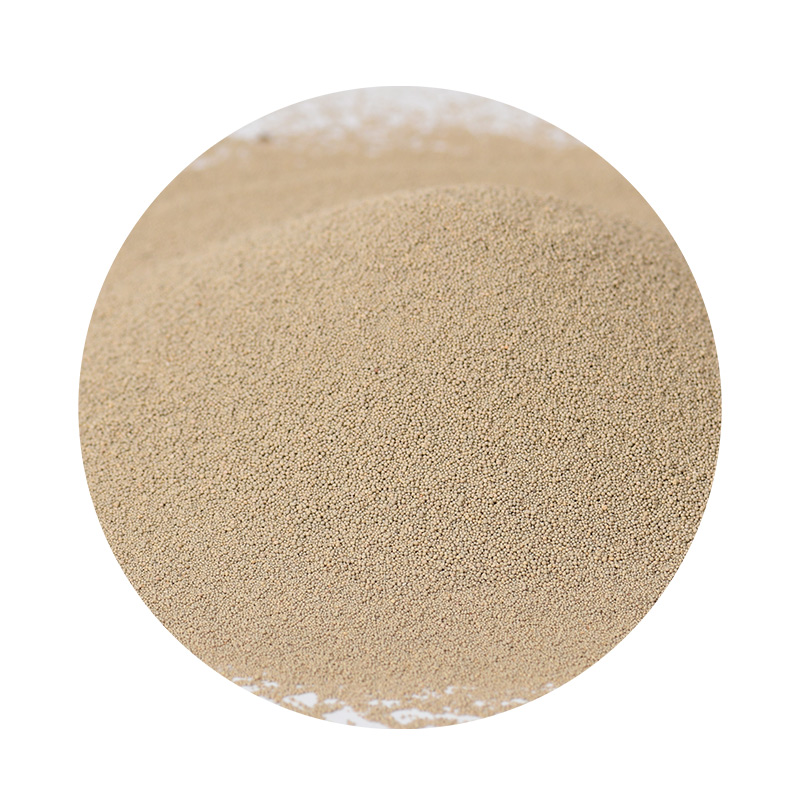The Art of Sand Casting A Timeless Craft
Sand casting is a legendary method of metal fabrication that dates back thousands of years, showcasing the ingenuity of ancient artisans and continuing to play an essential role in modern manufacturing. This versatile and cost-effective technique allows for the creation of complex shapes and large volumes of parts, making it invaluable across various industries including automotive, aerospace, and art.
Understanding Sand Casting
At its core, sand casting involves creating a mold from a sand mixture, into which molten metal is poured. The process begins with crafting a pattern, typically made of metal, plastic, or wood, which mimics the final product. This pattern is then pressed into a fine sand mixture, usually comprised of silica sand, clay, and water, forming a mold cavity. The two halves of the mold are assembled, and any necessary cores are placed inside to create internal features of the piece.
Once the mold is prepared, molten metal is poured into the cavity. The choice of metal can vary significantly; common choices include aluminum, iron, and bronze, each of which has unique properties suited to different applications. After the metal cools and solidifies, the mold is broken apart to reveal the cast part. This process can produce intricate details and smooth finishes, granting it a unique advantage over other manufacturing techniques.
Advantages of Sand Casting
One of the most significant advantages of sand casting is its flexibility. It can accommodate a wide range of metal types, sizes, and shapes, making it particularly useful for both small and large parts. Additionally, the initial investment for sand casting is relatively low compared to other casting methods, such as investment casting or die casting. This is largely due to the simplicity of the materials and equipment required.
Another benefit is the ability to produce complex geometries that may be difficult or impossible to achieve with other techniques. Intricate designs, internal channels, and varying wall thicknesses can be easily achieved, which allows designers and engineers greater freedom in their creations.
The Sand Casting Process
The process of sand casting can be broken down into several key steps
1. Pattern Making Creating a pattern is the first and one of the most crucial steps. The pattern must account for contractions that occur as the metal cools.
make sand casting

2. Mold Creation The pattern is coated with a release agent to ensure it does not stick to the sand. The sand mixture is then packed around the pattern to form a mold.
3. Assembly The mold halves are assembled, and any cores required for internal features are added.
4. Pouring The molten metal is poured into the mold through a sprue, filling the cavity.
5. Cooling and Solidification The metal is left to cool for a specific period, ensuring it solidifies properly in the mold.
6. Mold Removal Once cooled, the sand mold is broken away to reveal the cast part. Additional processes may be necessary to finish the component, such as trimming, grinding, or polishing.
Applications and Innovations
Today, sand casting is used in various industries. In the automotive sector, it forms engine blocks, cylinder heads, and various brackets. The aerospace industry utilizes this technique for components that require high precision and reliability. Even artists and sculptors have embraced sand casting to realize their creative visions.
Innovation continues to shape sand casting, with advancements in digital modeling and 3D printing facilitating pattern production and mold creation. This not only speeds up the process but also enhances accuracy, enabling more refined designs than ever before.
Conclusion
In conclusion, sand casting is not just a manufacturing process; it is an art form that combines tradition with modern technology. Its enduring relevance in today’s industrial landscape speaks to its versatility and efficiency, allowing for the realization of both functional and artistic creations. As technology continues to evolve, the sand casting process will undoubtedly adapt, keeping this ancient practice alive for generations to come.
Post time:ડીસેમ્બર . 26, 2024 03:38
Next:Golden Shores Enterprises Enhancing Business Opportunities in Coastal Tourism
